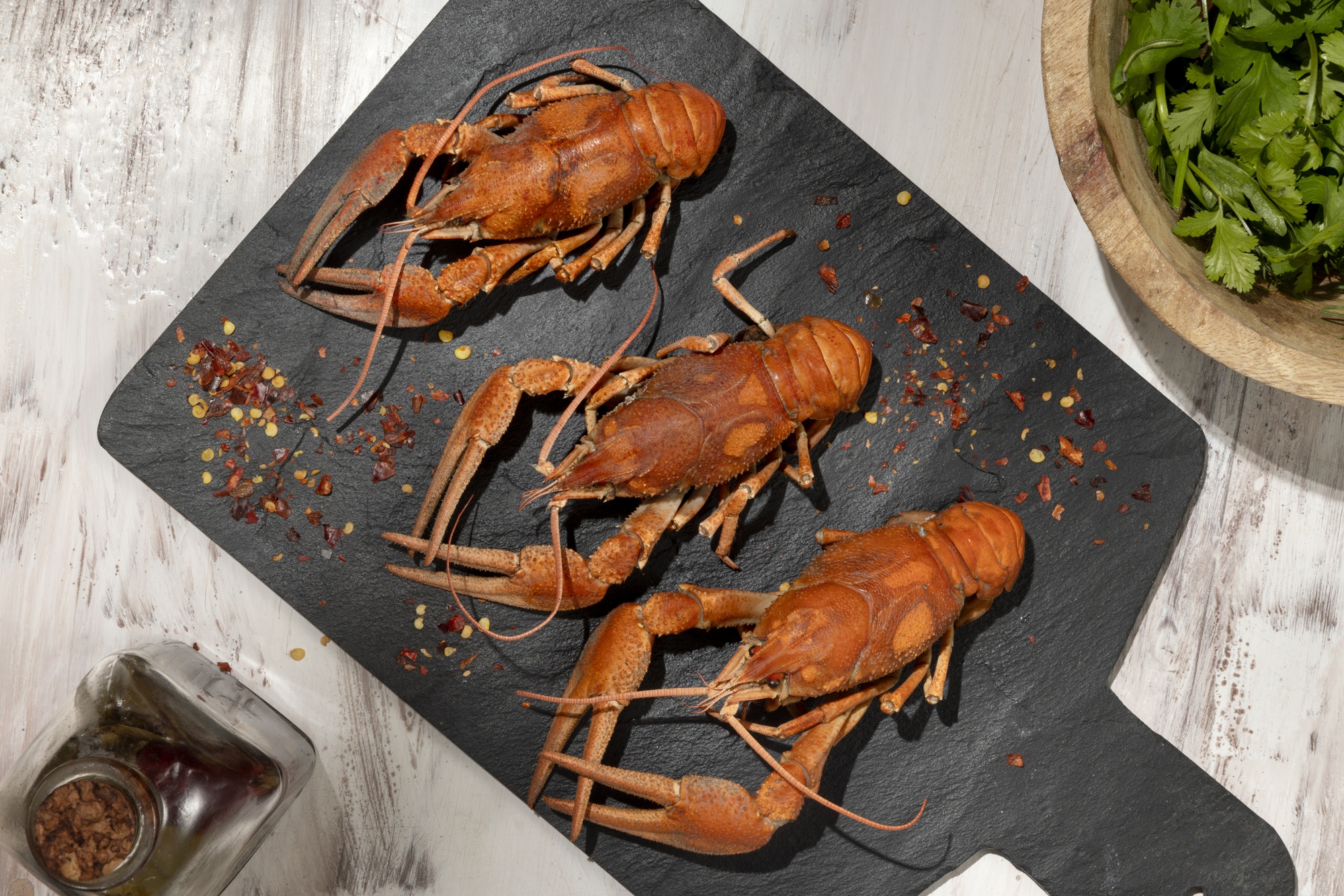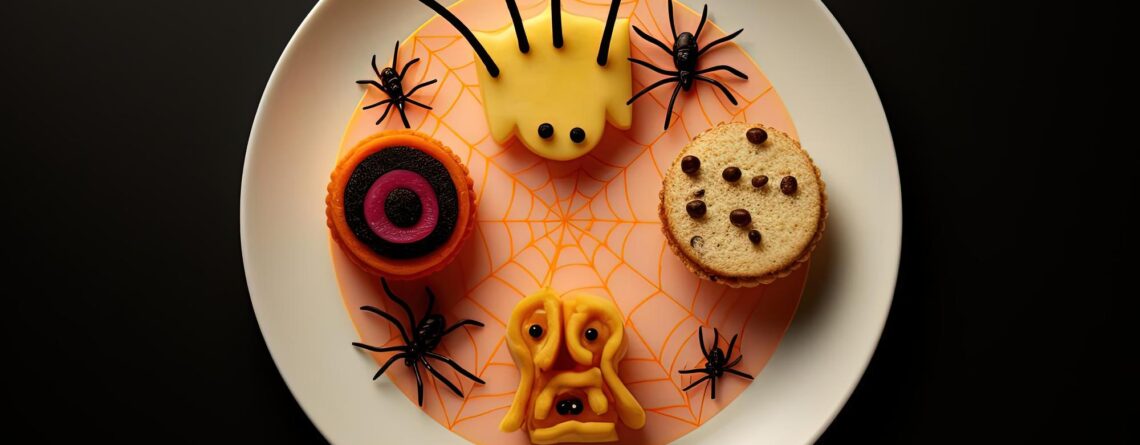7 Strange and Unusual Foods from Around the World
Nova Parker2024-04-24T12:49:16+00:00Exploring global cuisines reveals not just new flavors but also a deeper understanding of different cultures and traditions. While many dishes are universally loved, others might require an adventurous palate due to their unique ingredients or preparation methods. Here’s a journey through seven of the strangest foods from around the world:
1. Hákarl (Iceland)
Perhaps one of the most infamous dishes on this list, Hákarl is fermented shark. The Greenland shark, when fresh, is actually poisonous due to its high content of urea and trimethylamine oxide. To make it edible, Icelanders bury the shark’s meat in sand for several weeks to drain out the toxins and then hang it to dry for a few months. The result is a pungent, strong-flavored delicacy that is usually chased down with a shot of local schnapps called Brennivín.
2. Balut (Philippines)
Balut is a fertilized duck egg with a nearly developed embryo inside, which is boiled alive and eaten in the shell. This Filipino street food is considered a delicacy and is often consumed with a pinch of salt, chili, and vinegar. Balut is known for its varied textures and flavors, which include savory soup, tender yolk, and firm embryo.

3. Casu Marzu (Italy)
This Sardinian cheese, also known as “rotten cheese,” takes fermentation to another level. Casu Marzu is a sheep milk cheese that has been deliberately infested by live maggots. The larvae help to break down the cheese’s fats, making it very soft and giving it a strong flavor. The presence of live maggots when eating this cheese is considered normal, and it’s actually illegal to sell in the EU, though it’s still made and consumed locally.
4. Fugu (Japan)
Fugu, or pufferfish, is a luxurious delicacy famous for its potential lethality. Chefs must undergo years of training to obtain a license to prepare this dish because the fish contains tetrodotoxin, a potent poison. When prepared correctly, fugu is said to have a delicate texture and a unique, subtle flavor.
5. Fried Tarantulas (Cambodia)
In Cambodia, particularly in the town of Skuon, fried tarantulas are a popular snack. These large arachnids are seasoned with salt, sugar, and garlic and then deep-fried until crispy. The result is a street food that offers a crunchy texture outside with a slightly gooey inside, often compared to crab or chicken.

6. Surströmming (Sweden)
Surströmming is fermented Baltic Sea herring, and it’s known for its overwhelmingly strong smell, which is often likened to rotten eggs or decayed fish. It’s traditionally served with Swedish thin bread, potatoes, and chopped onions. Opening a can of surströmming is usually done outdoors due to its potent odor.
7. Witchetty Grub (Australia)
Indigenous to Australia, the witchetty grub is a large, white larva of a moth that feeds primarily on the roots of the witchetty bush. These grubs can be eaten raw or lightly cooked, where their flavor resembles almonds. When cooked, the skin becomes crispy while the inside remains soft, offering a protein-rich snack often enjoyed by Indigenous Australians.
Conclusion
Each of these dishes provides insight into the cultural bravery and historical practices of the regions they come from. Whether it’s through necessity, tradition, or culinary experimentation, these strange foods remind us of the wide variety of human culinary experience and the endless diversity of tastes to be discovered worldwide. Ready to try some of these unique dishes yourself? Plan your culinary adventure with Yiata, your ultimate travel companion for booking flights and hotels. And for more food explorations, check out this engaging blog: Feast of Flavors: Exploring the World’s Most Delectable Food Festivals.
